Heat produced by an underground line to warm houses in London
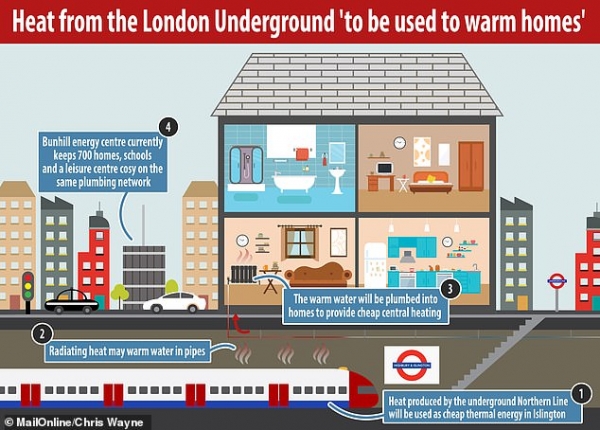
A brand-new innovative plan suggests utilizing heat produced by an underground line to warm houses during the winter.
The large amount of waste heat produced in the Northern Line, a subway route that runs from south-west to north-west London, will be channeled through tubes into up to 1000 residences and businesses in Islington.
The project is a pioneering attempt. Studies regarding the viability of such a plan have been conducted but it has never been applied before. Ramboll, the firm in charge of the heating network construction, stated that the project is the first in Europe to recycle waste heat from an underground facility providing residences with a low-cost and environmentally friendly solution.
The scheme is part of a larger UK's endeavor that aims at using renewable energy replacing fossil fuels. The government plans to ban gas boilers by 2025. Waste heat from underground lines, power plants or mines could be used to warm the buildings. Currently, 800 houses are warmed by heat deriving from the Bunhill Energy Centre through Bunhill heat network in Islington.
About 50% of the consumed energy in the UK is used for heat, producing significant emissions. According to GLA (Greater London Authority), 38% of the city's demand could be satisfied if all the waste heat produced in London was manipulated. “Almost half the energy used in the UK is for heat, and a third of UK emissions are from heating. With the government declaring that we must be carbon-neutral within 30 years we need to find a way to take the carbon out of our heating system. The opportunity that has become clear to the decentralized energy community is the idea of capturing waste heat and putting it to use locally,” Tim Rotheray, director of the Association for Decentralized Energy, stated.
The UK is currently planning to utilize its large potential of geothermal energy. In Stoke-on-Trent, a $63 million project that will use energy from hot water sources located underground to heat conventional water, is underway. When it's completed (in 2020), the annual carbon emissions in the city could be reduced by 12,000 tons. Moreover, a new project in Edinburgh suggests the usage of hot water stored in a large mine to create another heating network.
Sources: CNN, TheGuardian, BBC
Sources: CNN, TheGuardian, BBC
Want to read more like this story?
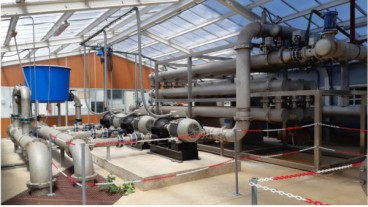
UK plans to use old coal mines to heat houses
Jul, 07, 2021 | NewsExperts in the UK consider an innovative idea that involves heating houses via abandoned coal mines....
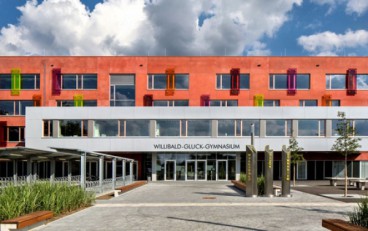
This new, energy-optimized school building utilizes solar and near-surface geothermal energy
Oct, 02, 2017 | NewsDuring its first year of operation, the heat pumps have contributed their planned share to the heat...

The majority of world population could face deadly heat waves by 2100
May, 25, 2018 | NewsUp to 75% of people could be exposed to extreme heat conditions Up to 75% of people could be expo...

Polis Administration Awards $7.3 Million for Innovative Geothermal Heating and Cooling
Oct, 18, 2025 | NewsThe Colorado Energy Office (CEO) announced $7.3 million in awards through the third cycle of the Co...
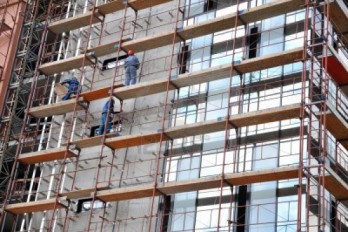
Energy Upgrading In Buildings Saves Billion Euros From Energy Production
Oct, 16, 2015 | NewsThe energy upgrade of EU buildings could save 80-153 billion Euros until 2050 in investment funds th...
The prospects for carbon-neutral buildings
Oct, 27, 2023 | NewsIn the United Kingdom, buildings account for 33% of greenhouse gas emissions and 40% of global ener...
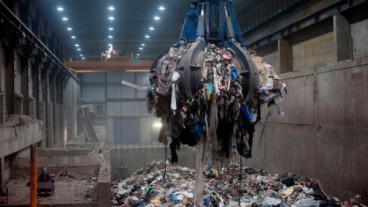
Due to Sweden’s revolutionary recycling program, the country needs to import 800,000 tns of waste annually to feed its 32 waste-to-energy plants
Oct, 11, 2017 | NewsThe energy goes into a national heating network to heat homes throughout the winter and is also used...

A Danish wastewater treatment plant produces more energy than it consumes
Jan, 26, 2017 | NewsMarselisborg WWTP has energy self-sufficiency above 100 % and the plant is in fact a power station...

€1 billion to be invested in European heat pump production by Bosch
Apr, 20, 2023 | NewsHeat pumps are expected to play a significant role in Europe’s means of achieving its net zero goal...
Trending

Vertical gardens in Mexico City to combat pollution

Saudi Park Closed After 360 Big Pendulum Ride Crashes to Ground, 23 injured

Characteristics of Load Bearing Masonry Construction

Taipei 101’s impressive tuned mass damper

Dutch greenhouses have revolutionized modern farming

Federal court rules Biden’s offshore drilling ban unlawful


